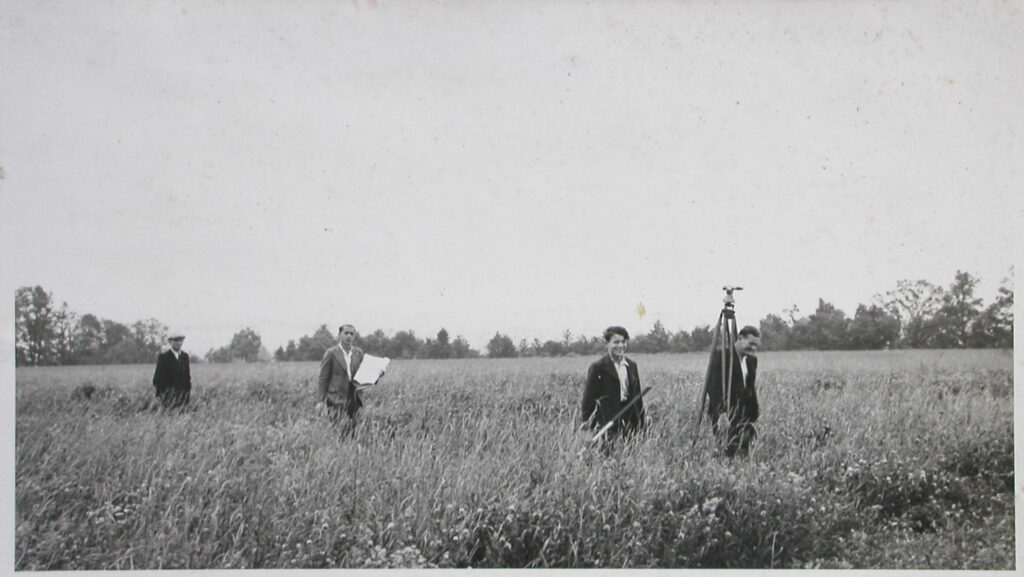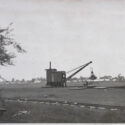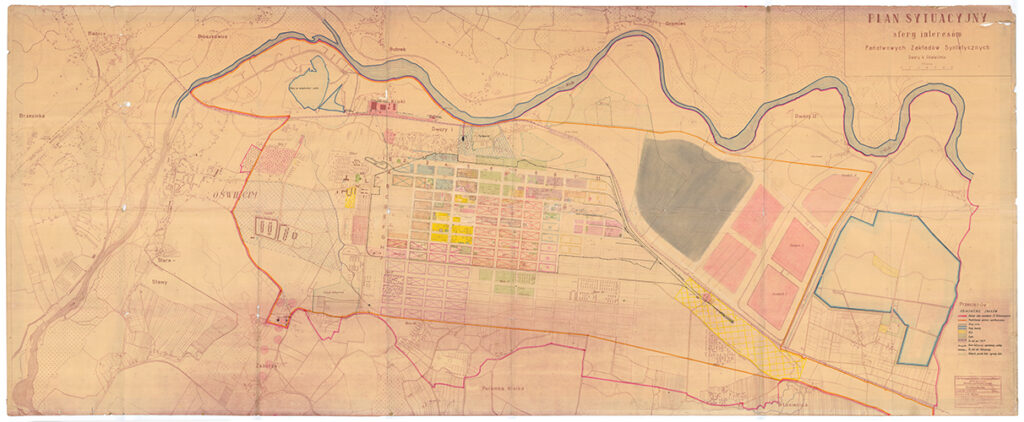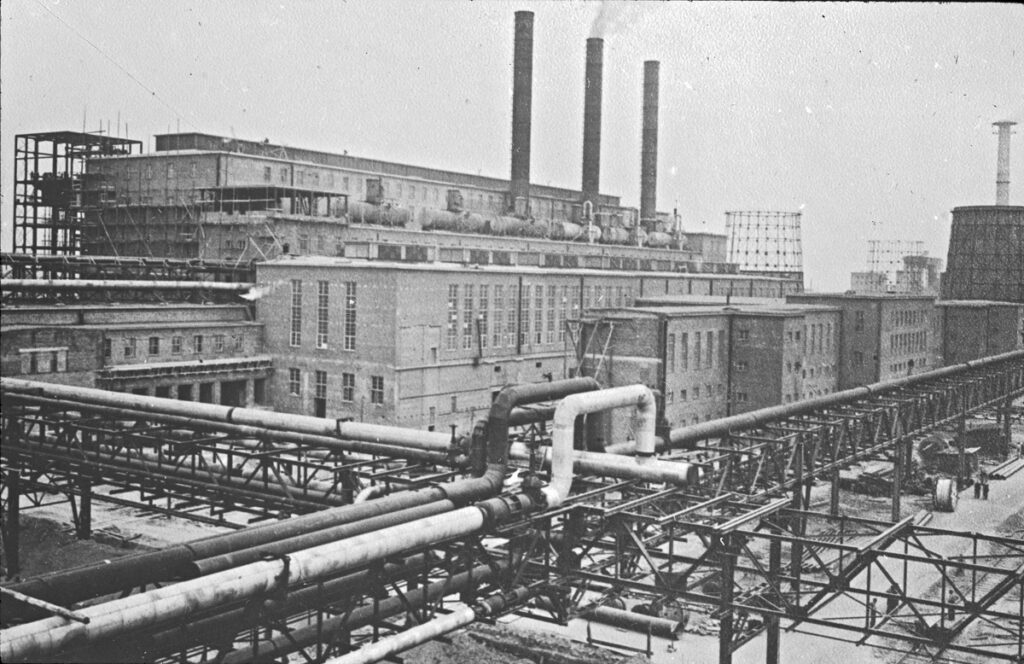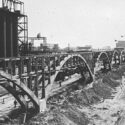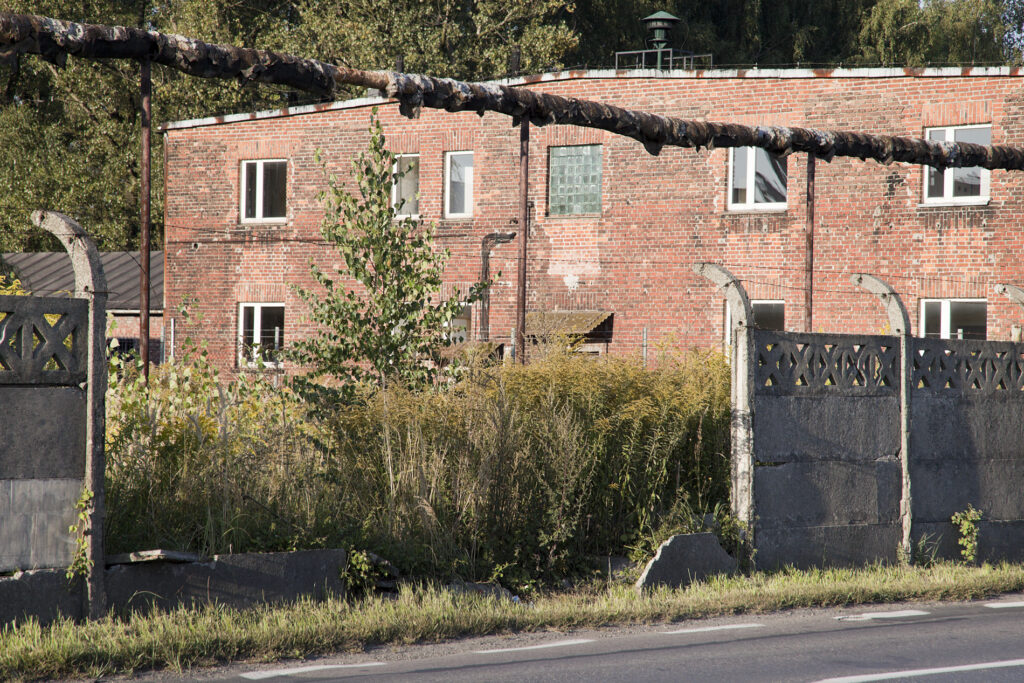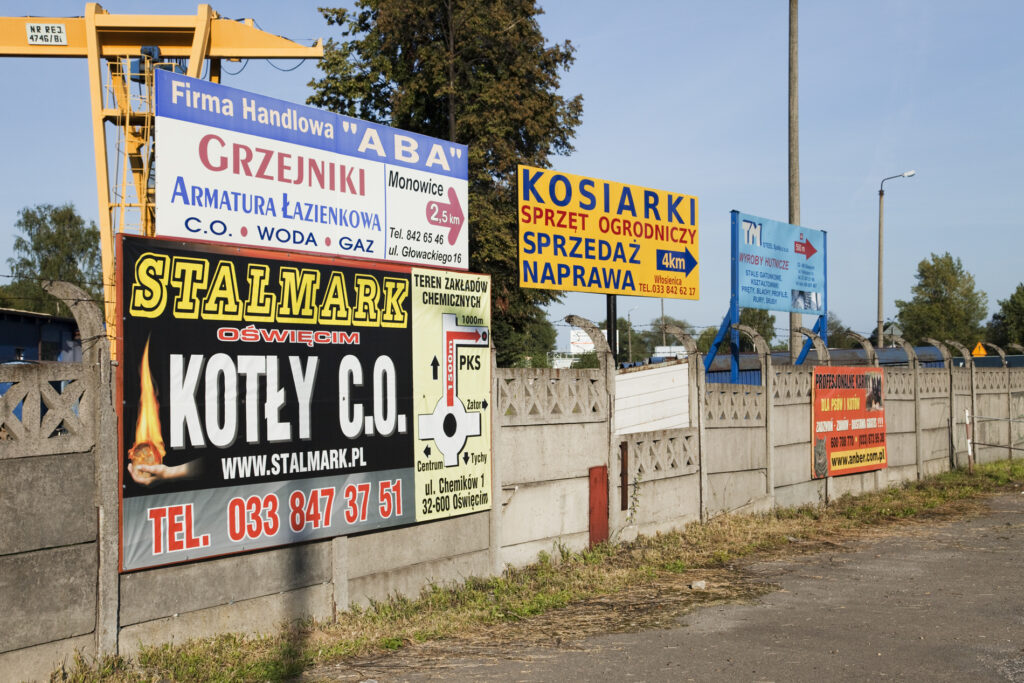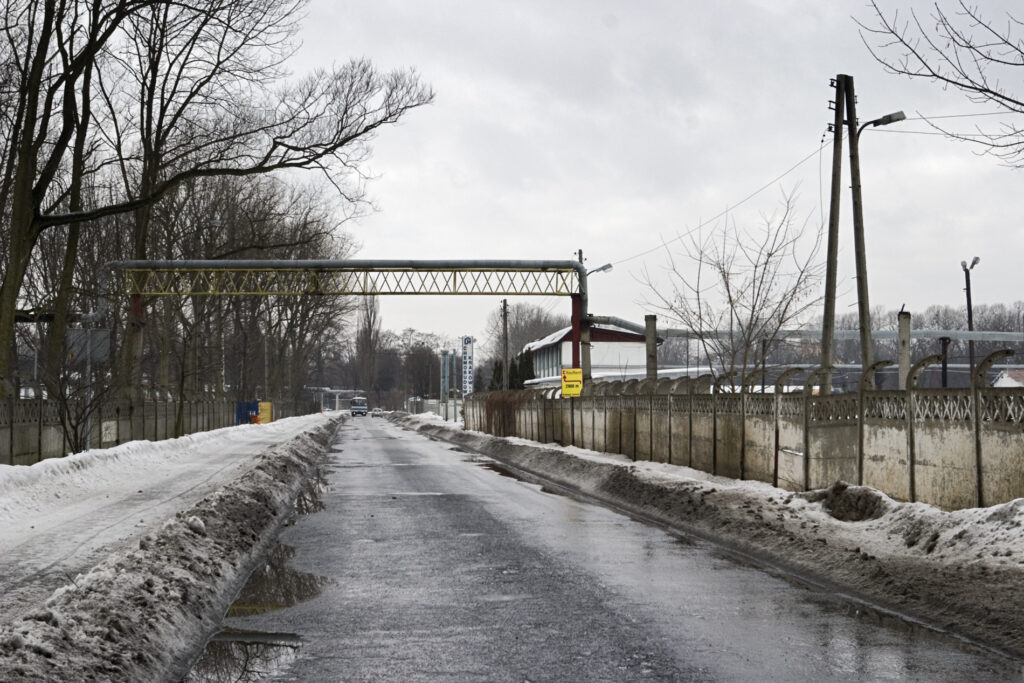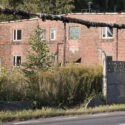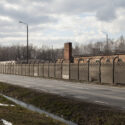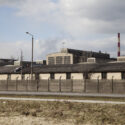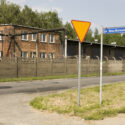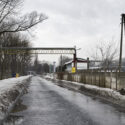IG Farben – Buna factory
Germany’s supply of natural rubber from Africa was blockaded in 1940. The raw material was nonetheless vital to the Nazi war effort. Military vehicles, for instance, needed it for tyres and drive belts. Germany therefore had to become selfsufficient in rubber.
Therfore, the chemical group IG Farben decided in 1941 to construct a rubber factory complex near the town of Auschwitz, beyond the range of British bombers. There was plenty of water for the production process, while the raw materials for synthetic rubber – coal, salt and lime – were all mined nearby. Auschwitz was located, moreover, on a railway line with branches to industry in Upper Silesia.
Therfore, the chemical group IG Farben decided in 1941 to construct a rubber factory complex near the town of Auschwitz, beyond the range of British bombers. There was plenty of water for the production process, while the raw materials for synthetic rubber – coal, salt and lime – were all mined nearby. Auschwitz was located, moreover, on a railway line with branches to industry in Upper Silesia.
The construction
To facilitate the delivery of construction materials, a freight station (Bahnhof West) was constructed with a 500-metre-long platform (the Judenrampe). This was also the arrival point for the slave labourers who were to build the factory complex. The Auschwitz I concentration camp was altered and Auschwitz II-Birkenau constructed. To reduce ‘commuting’, IG Farben had the Auschwitz III-Monowitz concentration camp built on the southern edge of the factory complex in 1942, necessitating the clearance and demolition of the existing village of Monowice. The IG Farben complex was completed in January 1945. The factory was never used by the Nazis. A total of 35,000 Jewish prisoners worked on its construction, of whom more than 20,000 died in the process.
An industrial estate (Industriehof) was laid out next to Auschwitz I to supply construction materials and prefabricated elements for the camps and factories to be built or rebuilt there. In 1942 Krupp constructed a workshop on the site to manufacture shell casings.
The post-war IG Farben
Following liberation, around 2,500 Polish residents were left at Oświęcim, a depopulated city with ultramodern factories. Some 40,000 workers were
needed to operate Zakłady Chemiczne, the new name of the factory complex. Substantial Polish migration now occurred, resulting in an acute shortage of housing. Much of the Auschwitz I camp was therefore designated for residential use after the war. The former forced labour camps were also used for housing. Apartment complexes were built in the 1960s, by which time the housing shortage had begun to ease.


